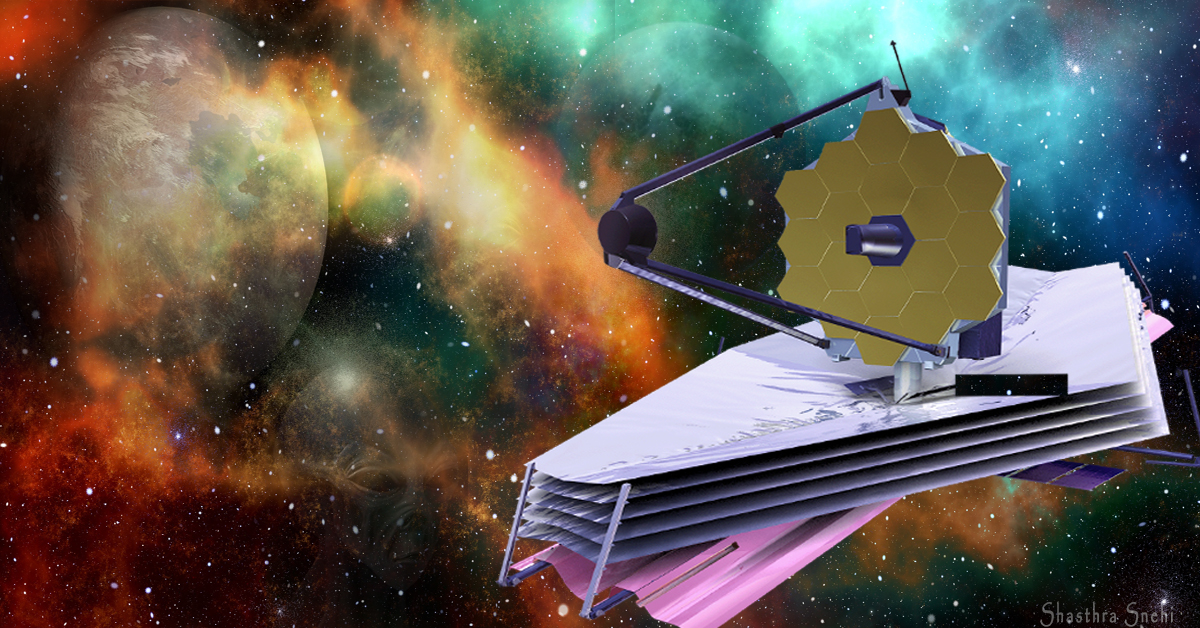

NASA selects teams from the Goddard Space Flight Center, TRW, and Ball Aerospace to fine-tune the telescope’s technical and financial requirements. Three independent government and aerospace teams determine that such an observatory is feasible. NASA selects Goddard Space Flight Center and STScI to study the feasibility of the Next Generation Space Telescope. 1995-1996Īn STScI committee recommends a significantly larger telescope capable of observing infrared light. The focus was the science and technical capabilities of an observatory that would follow the Hubble Space Telescope after it was decommissioned, which was estimated at that time to be 2005. The Space Telescope Science Institute (STScI) and NASA co-host the Next Generation Space Telescope Workshop at STScI. EST (1220 GMT) on December 25, 2021, Webb launched from CSG. Final assembly and testing takes place in 20 to ensure that Webb will perform its complex deployment unfolding and scientific mission perfectly once in space, since it will be farther away than humans have ever travelled and will not be able to be serviced. Additional environmental tests of the coupled telescope and instrument assembly occurred in a giant thermal vacuum chamber at Johnson in 2017, withstanding Hurricane Harvey in late August without a delay in schedule.

In 2017, the mirrors and science instruments were connected and tested, then shipped to NASA’s Johnson Space Center in Houston, Texas. From late 2015 to early 2016, all 18 of Webb’s individual mirrors were installed on the telescope’s backplane structure to assemble the 6.6 meter (21.7 feet) mirror. From 2013 to 2016, Webb’s science instruments were subjected to numerous tests of extreme temperature and vibration. In 2013, construction of the sunshield layers began. By 2011, all 18 mirror segments were finished and proven through testing to meet required specifications.īetween 20, Webb’s individual pieces, constructed in a variety of locations, began to arrive at NASA’s Goddard Space Flight Center in Greenbelt, Maryland. In 2005, the European Space Agency’s Centre Spatial Guyanais (CSG) spaceport in French Guiana was chosen as the launch site, and an Ariane 5 rocket as the launch vehicle.
JAMES WEBB SPACE TELESCOPE RELEASE DATE UPGRADE
Unlike Hubble, astronauts will not be able to repair and upgrade the telescope.Ĭonstruction on Webb began in 2004. From Vision to RealityĮngineers and astronomers innovated new ways to meet the Webb telescope’s scientific demands, as well as a mission at an unserviceable distance from Earth. Also in 2002, the telescope was formally named the James Webb Space Telescope, after the NASA administrator who led the development of the Apollo program. By 2002, the agency had selected the teams to build the instruments and the group of astronomers who would provide construction guidance. NASA agreed in 1997 to fund additional studies to refine the technical and financial requirements for building the telescope. All three came to the conclusion that the proposed telescope would work. Three teams made up of scientists and engineers from the private and public sectors met to determine whether NASA could realize the committee’s vision. It would have a mirror with a diameter of more than four meters, and operate in an orbit well beyond Earth’s moon. In 1996, an 18-member committee led by astronomer Alan Dressler formally recommended that NASA develop a space telescope that would view the heavens in infrared light-the wavelength band that enables astronomers to see through dust and gas clouds and extends humanity’s vision farther out into space and back in time.
JAMES WEBB SPACE TELESCOPE RELEASE DATE FULL
Get the full early design illustration in Resource Gallery. Early design concepts for Webb, known at the time as the Next Generation Space Telescope, already incorporated a segmented mirror, an “open” design, and a large sunshield.


 0 kommentar(er)
0 kommentar(er)
